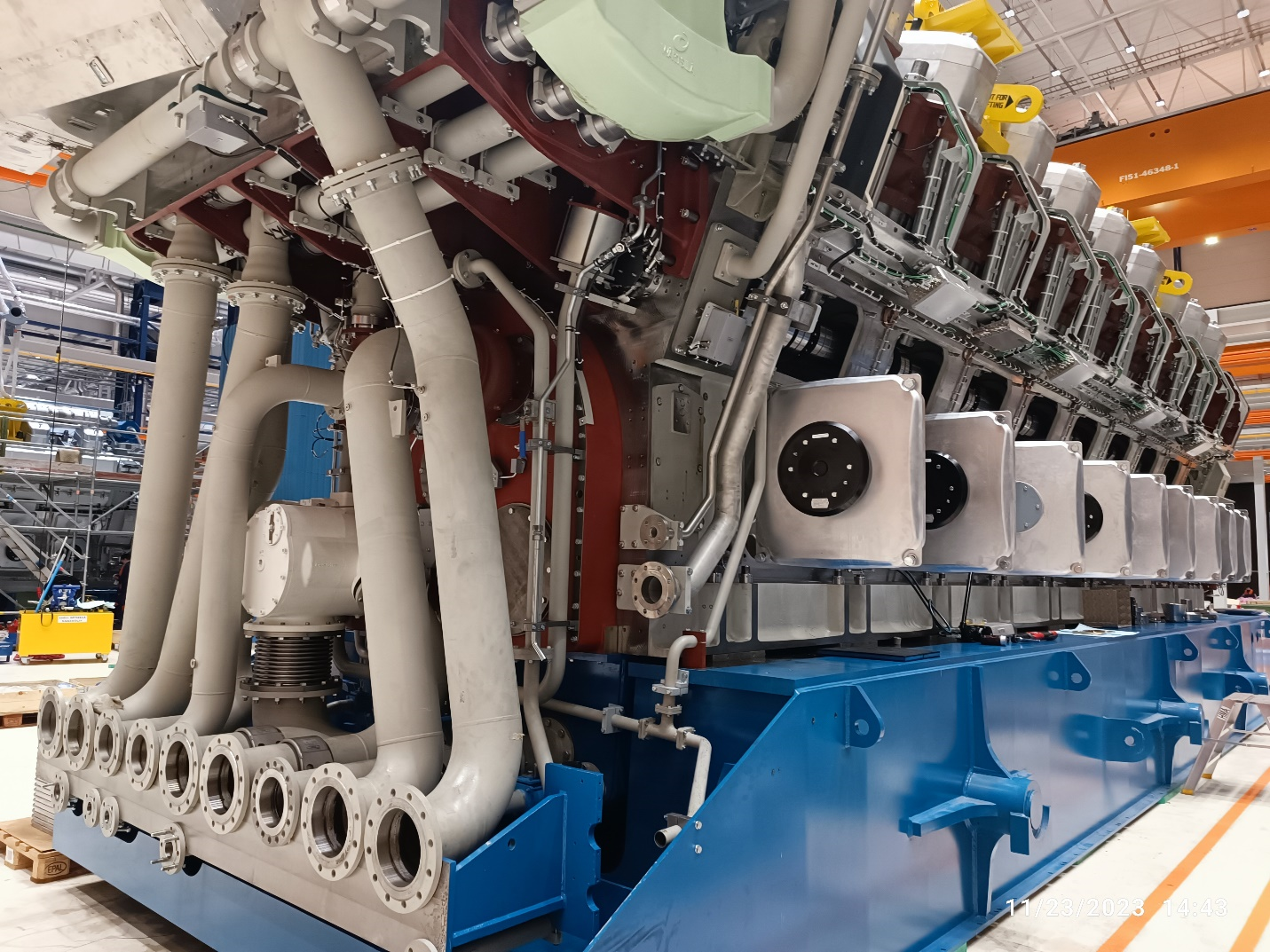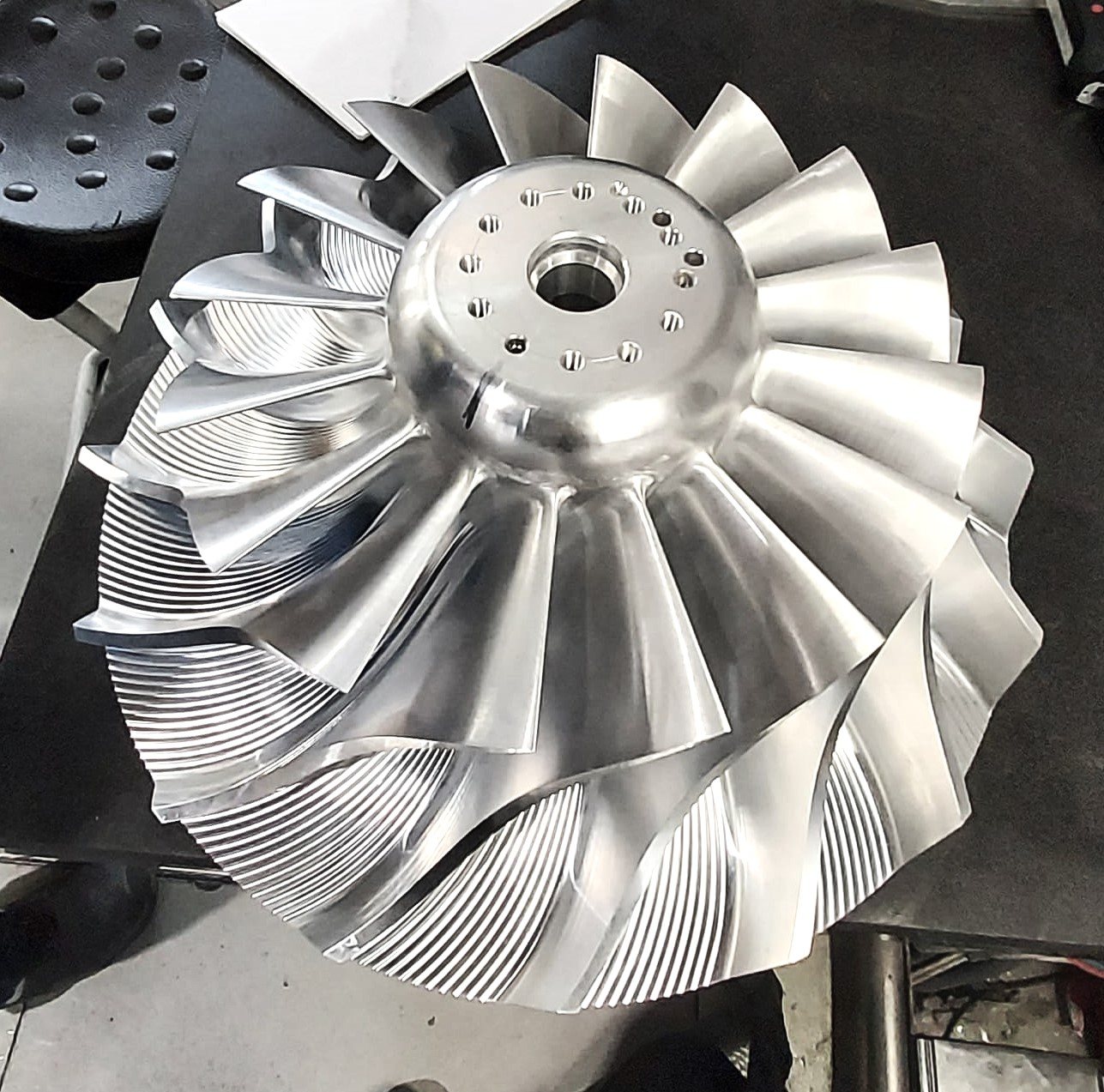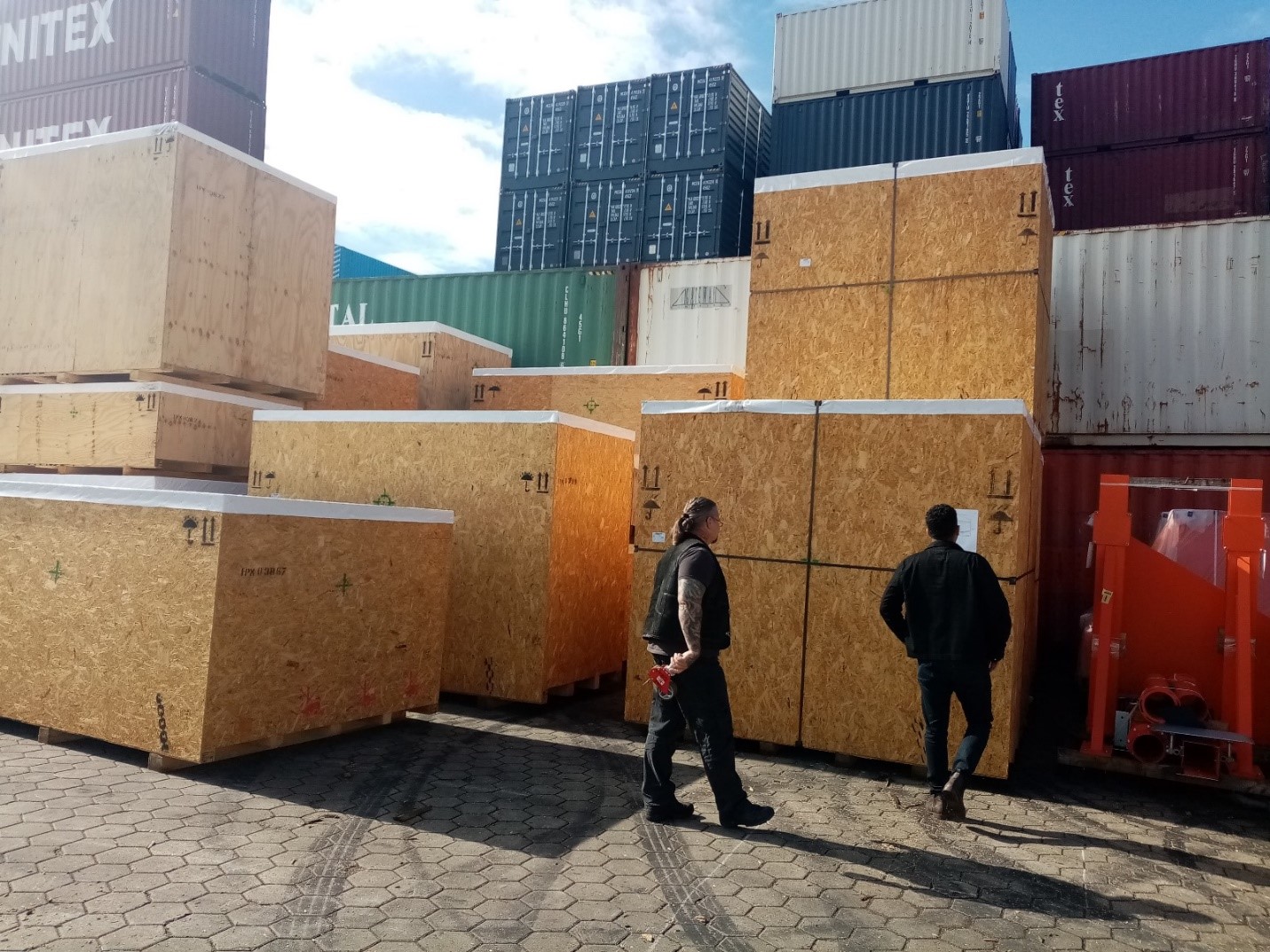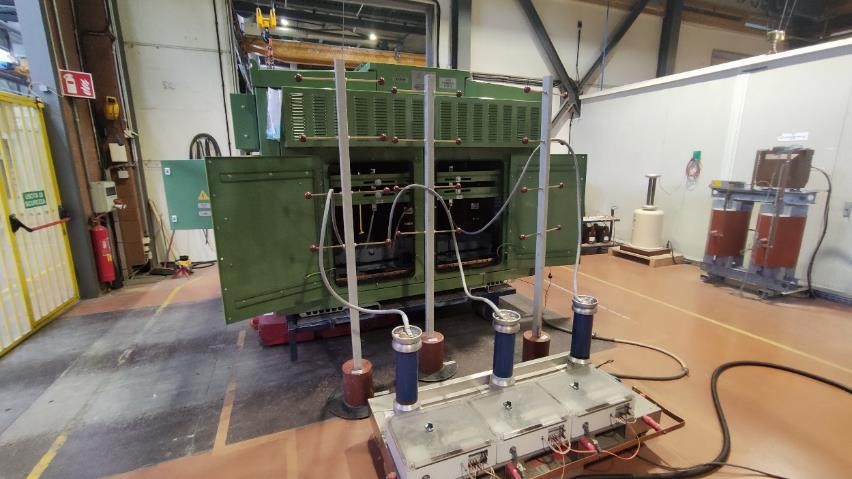Introduction to Third party inspection of pressure vessels
Third party inspection of pressure vessels is an important step in ensuring the safety and reliability of these critical components in various industries. Pressure vessels are used in a wide range of applications, including in chemical plants, refineries, power plants, and many other industrial settings. They are designed to contain pressurized fluids or gases, and failure of a pressure vessel can have catastrophic consequences.
To prevent such failures, pressure vessels must be inspected regularly by independent third-party inspection agencies. These inspections can identify defects or weaknesses in the vessel that could lead to failure, allowing for repairs or replacement before a catastrophic incident occurs.
During a Third party inspection of pressure vessels, the inspector will examine the pressure vessel for signs of corrosion, leaks, cracks, or other forms of damage. They will also verify that the vessel meets all applicable safety standards and regulations. This can involve testing the vessel under pressure or using non-destructive testing methods to detect flaws that may not be visible to the naked eye.
Inspections may also include a review of the vessel’s design and fabrication records, as well as its maintenance and repair history. This can help identify any issues that may have arisen during the vessel’s lifetime, allowing for corrective actions to be taken.
Overall, third-party inspection of pressure vessels is an essential aspect of ensuring the safety and reliability of these critical components. By identifying and addressing issues before they become a problem, these inspections can help prevent catastrophic incidents and keep workers and the public safe.
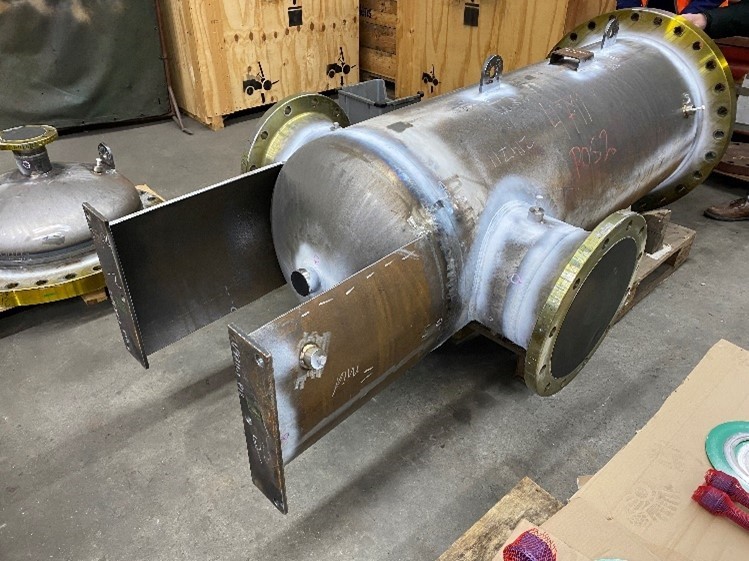
Required standards to follow for the inspection of this good?
There are several standards that third-party inspection agencies must follow when third party inspection of pressure vessels. These standards help ensure that inspections are thorough, consistent, and meet the highest safety and quality standards.
Some of the most commonly followed standards for pressure vessel inspections include:
- ASME Boiler and Pressure Vessel Code: This is a comprehensive standard that provides guidelines for the design, construction, inspection, testing, and certification of pressure vessels. It is widely recognized and used in many industries around the world.
- API 510: This standard is specific to the petroleum and petrochemical industries and provides guidelines for the inspection, repair, alteration, and rerating of pressure vessels.
- National Board Inspection Code: This standard provides guidelines for the installation, inspection, and repair of boilers, pressure vessels, and other pressure-retaining items.
- ISO 17020: This standard outlines the requirements for the competence of inspection bodies and provides guidelines for the inspection of pressure vessels and other products.
In addition to these standards, there may be other industry-specific guidelines or regulations that third-party inspection agencies must follow when third party inspection of pressure vessels, the U.S. Occupational Safety and Health Administration (OSHA) has specific regulations that apply to the inspection and maintenance of pressure vessels in the workplace.
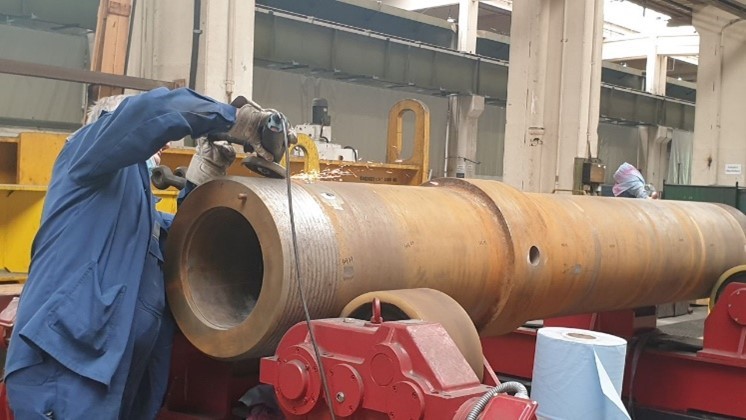
Overall, third-party inspection agencies must stay up to date with the latest standards and regulations for pressure vessel inspections to ensure that their inspections are thorough, accurate, and meet the highest safety and quality standards.
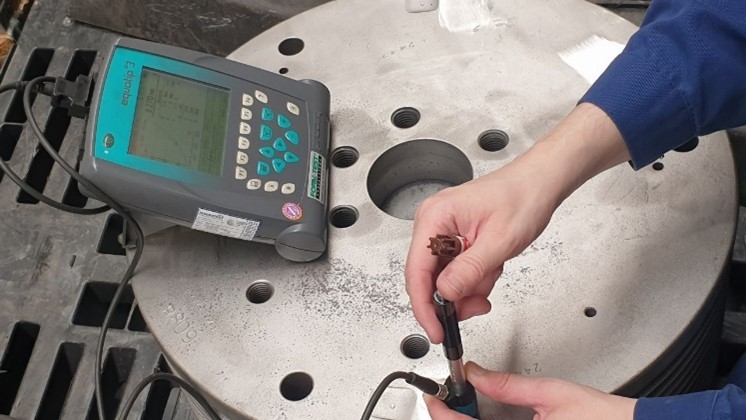
You can read more about Third party inspection of pressure vessels in the second part of this article.
